What If You Could Grow $1,000 Into $1,180 in Just Half a Year?
You’re holding a crisp $1,000 bill in your hands. What if, instead of letting it sit idle in your savings account, you could put that money to work and see it grow by 18% in just 6 months?
Sounds too good to be true? It’s not — but it does require smart strategy, risk awareness, and the discipline to follow through.
Table of Contents
In this guide, we’re going to break down how to achieve 18% returns on $1,000 in just six months — without falling for hype or get-rich-quick schemes. Whether you’re a beginner investor or someone looking for short-term growth, this is your roadmap.
Stick around till the end for:
- A real-life case study of someone who did it
- Step-by-step strategies to follow
- Expert advice from market pros
Let’s dive in.
Why 18% in 6 Months Matters More Than You Think
The Power of Short-Term Compounding
Many people focus on annual returns. But if you can master short-term growth cycles, your money can grow faster than most people realize.
Let’s break it down:
| Time Period | Return Rate | Value of $1,000 |
|---|---|---|
| 6 Months | 18% | $1,180 |
| 1 Year | ~38.4%* | $1,384 |
| 2 Years | ~87% | $1,870 |
*Assuming compounding every 6 months.
In just two years, your $1,000 could nearly double — all by hitting a 6-month 18% return goal repeatedly.
This is why short-term returns matter. They give you control, agility, and compounding power.
Step 1: Know Where to Invest — Smart Short-Term Assets

1. High-Growth Mutual Funds (Aggressive Hybrid Category)
- Short-term aggressive mutual funds can deliver 12–20% in 6–12 months
- Example: Quant Active Fund, Mirae Asset Hybrid Equity Fund
2. Mid & Small-Cap Stocks
- Volatile but high-reward
- Look for fundamentally strong companies with temporary dips
3. Index Momentum ETFs
- ETFs that track momentum-based indices like Nifty Alpha Low Volatility 30
- Safer than individual stocks, yet offer higher returns than large-cap indices
4. Swing Trading Opportunities
- Time-bound entry and exit in fundamentally strong stocks
- Example: Buying during consolidation; selling at resistance
5. Peer-to-Peer (P2P) Lending
- Returns: 10–20% depending on risk bracket
- Platforms like Faircent and Lendbox vet borrowers
Quick Snapshot Table:
| Investment Type | 6-Month Avg Return | Risk Level | Liquidity |
|---|---|---|---|
| Mutual Funds | 12–18% | Medium | High |
| Small-Cap Stocks | 15–25% | High | High |
| Momentum ETFs | 10–16% | Medium | Very High |
| Swing Trading | 15–20% | High | High |
| P2P Lending | 12–22% | Medium-High | Medium |
Pro Tip: Diversify across 2–3 of these to balance risk and reward.
Step 2: Follow a Proven Framework
The 4-3-2-1 Allocation Rule
Divide your $1,000 using this risk-managed strategy:
- $400 (40%) in Aggressive Mutual Funds
- $300 (30%) in 2–3 Small-Cap or Swing Trade Stocks
- $200 (20%) in Momentum ETFs
- $100 (10%) in P2P Lending
This allocation gives you a good balance between growth, safety, and liquidity.
Screening Checklist
When selecting assets:
- Past 1-year performance > 20%
- Consistent quarterly results
- Healthy ROE & low debt
- Strong promoter holding
Time Your Entry — Buy on Dips
Use tools like:
- RSI (Relative Strength Index)
- Moving Averages (20/50/200 DMA)
- Trendline supports
Expert Insight:
“Short-term investing is 60% about entry points. Technical tools give you a crucial edge.” — Ankit Agarwal, SEBI-registered analyst
Real-Life Case Study: How Ravi Turned ₹83,000 Into ₹98,000 in 6 Months
Meet Ravi Sharma, a 28-year-old marketing executive from Pune. With ₹83,000 (~$1,000) saved up, he took the challenge:
His 6-Month Portfolio:
- ₹30,000 in Quant Active Fund
- ₹25,000 in two mid-cap stocks (Birlasoft, BSE Ltd)
- ₹20,000 in Nifty Alpha Low Volatility ETF
- ₹8,000 in P2P Lending via Faircent
The Result:
- Stocks: ₹5,600 gain
- ETF: ₹2,800 gain
- P2P: ₹2,000 gain
- Mutual Fund: ₹3,900 gain
Total Portfolio Value: ₹98,300
Net Return: 18.4%
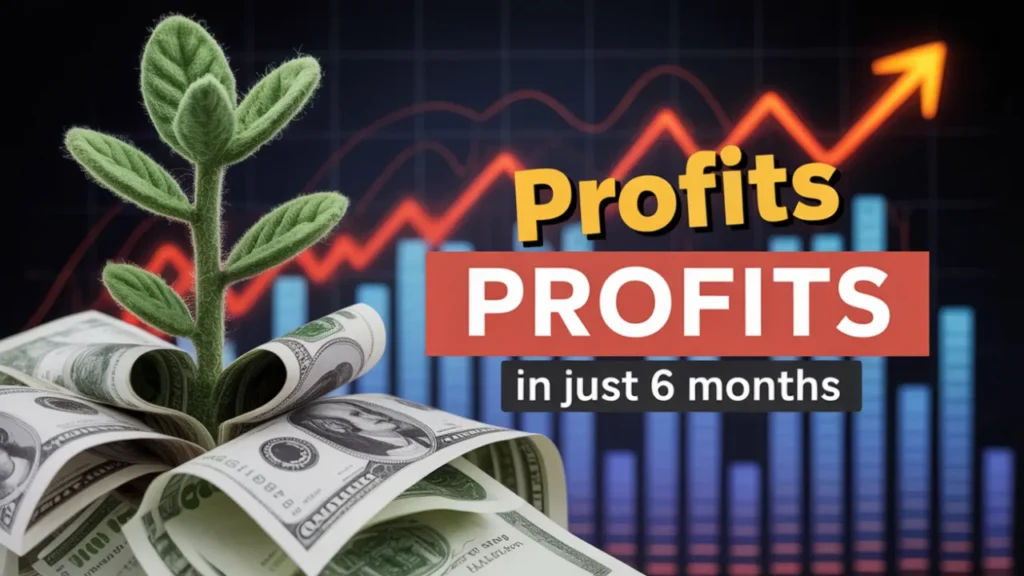
“I tracked my portfolio every Sunday. No panic-selling, just steady watching. That made all the difference.” — Ravi Sharma
2. Harsh Jain (COO, Groww):
“Momentum ETFs and sector-specific funds can outperform if you monitor them closely.”
Mistakes to Avoid When Aiming for 18% Returns
- Chasing penny stocks blindly
- Ignoring taxes & exit load charges
- Not diversifying risk
- Timing market tops
Always keep a stop-loss strategy and don’t invest on gut feelings alone.
Timeline to Follow — Month by Month
| Month | Action Plan |
|---|---|
| Month 1 | Research, allocate, and buy assets |
| Month 2-3 | Hold positions, track charts weekly |
| Month 4 | Rebalance if any asset underperforms |
| Month 5 | Start planning exit strategy |
| Month 6 | Exit positions, book profits |
FAQs — The $1,000 Challenge (Schema-Ready)
1. Is it really possible to earn 18% in 6 months?
Yes, with disciplined strategy, it’s achievable using smart investments like small-cap stocks, swing trading, and ETFs.
2. What’s the best low-risk way to aim for such returns?
Momentum ETFs and aggressive hybrid mutual funds provide a safer yet rewarding path.
3. Is this strategy suitable for beginners?
Yes, especially with the 4-3-2-1 rule and basic market tracking tools.
4. What platforms can I use to invest?
Zerodha, Groww, Upstox for stocks and ETFs; Kuvera or Paytm Money for mutual funds; Faircent for P2P.
5. How often should I check my portfolio?
Once a week is ideal — avoid daily obsession.
Final Thoughts: Small Capital, Big Potential
$1,000 isn’t a lot. But how you use it can change everything.
With focus, smart risk-taking, and a data-backed plan, achieving 18% returns in 6 months is not a dream — it’s a challenge worth taking.
So, are you ready?
Take the $1,000 Challenge today — and let your money grow smarter.
Explore index ETFs, hybrid funds, and smart stocks now — your future self will thank you.





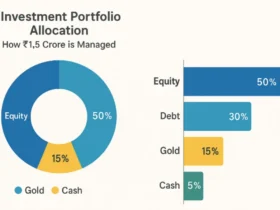


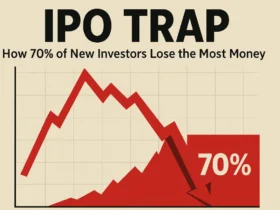
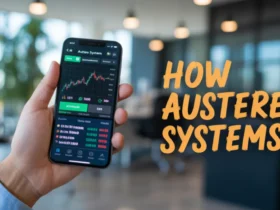







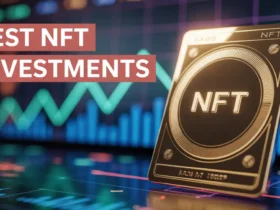


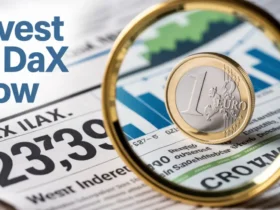


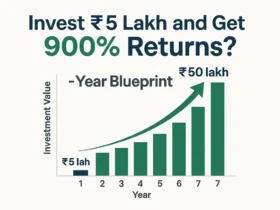




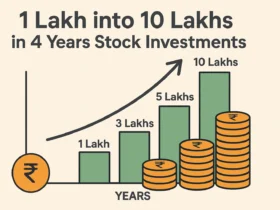

Leave a Reply